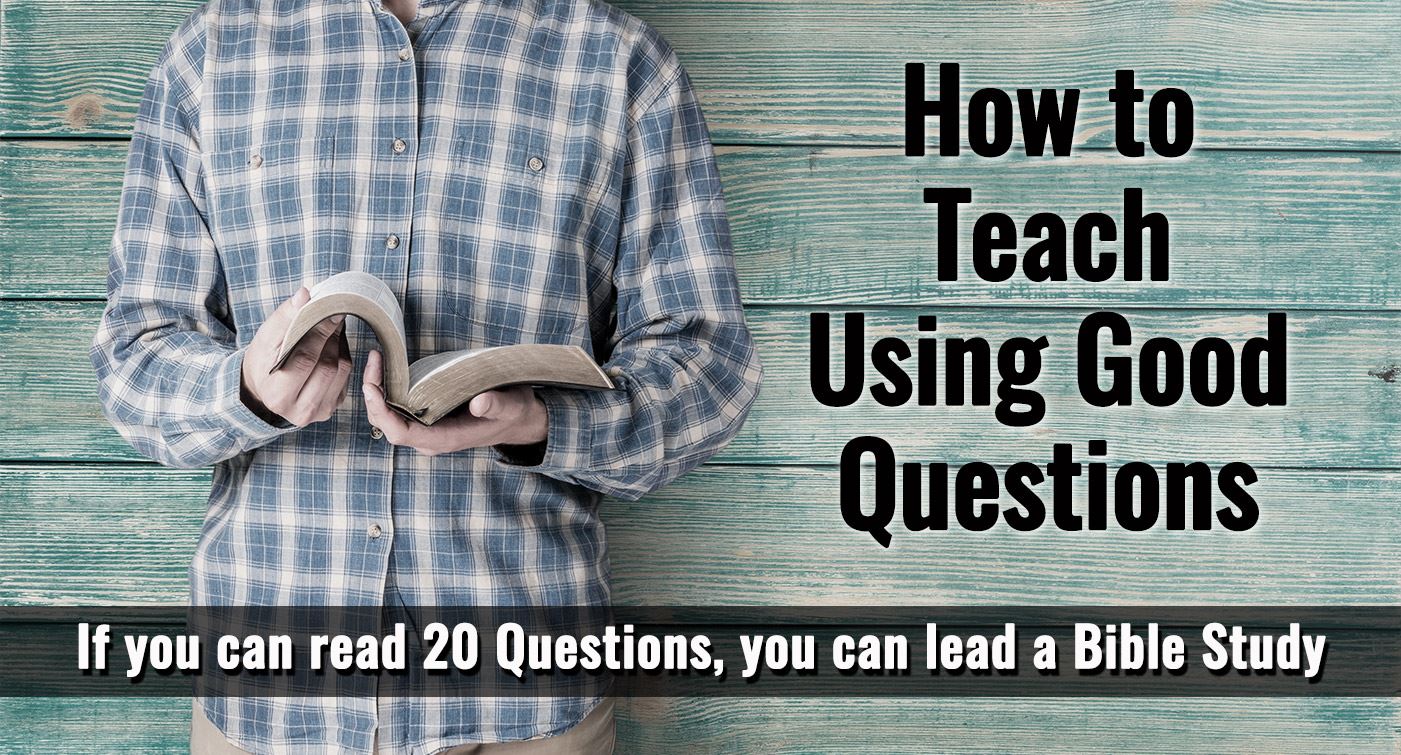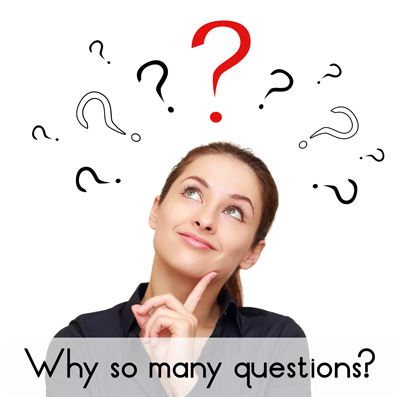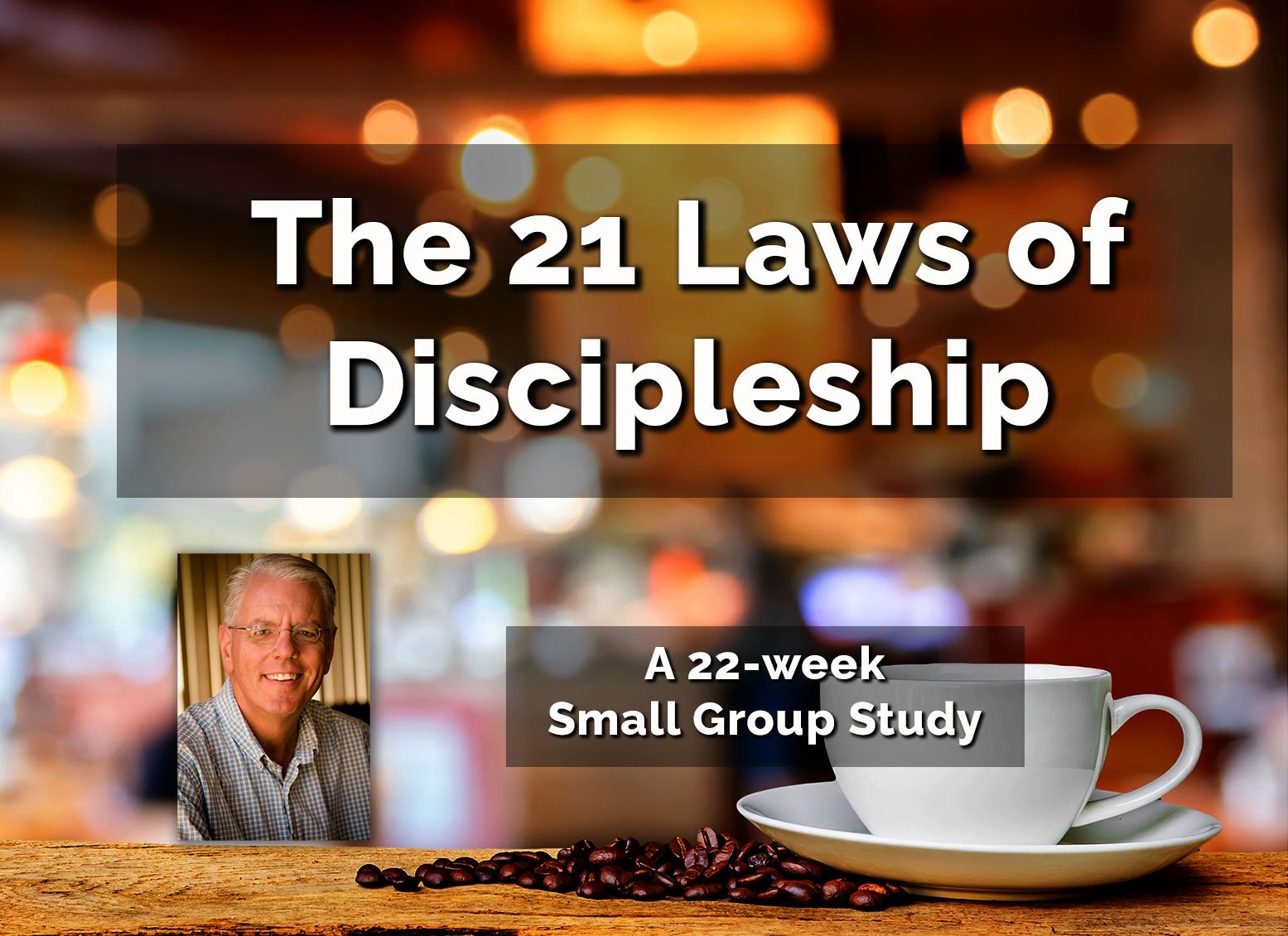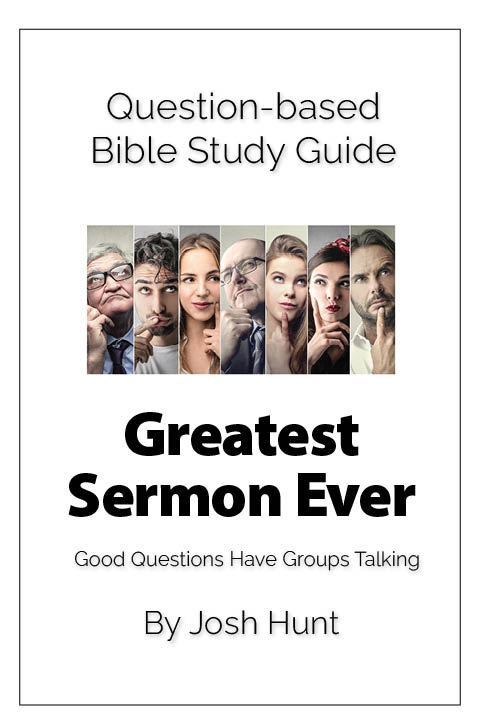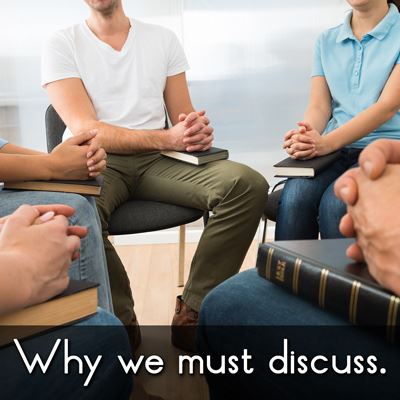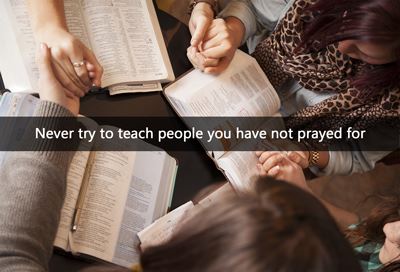The Good and Beautiful Life, Lesson #1 The Good and Beautiful Life, Lesson #2 The Good and Beautiful Life, Lesson #3 The Good and Beautiful Life, Lesson #4 The Good and Beautiful Life, Lesson #5 The Good and Beautiful Life, Lesson #6 The Good and Beautiful Life, Lesson #7 The Good and Beautiful Life, Lesson #8 The Good and Beautiful Life, Lesson #9 The Good and Beautiful Life, Lesson #10 The Good and Beautiful Life, Lesson #11 The Good and Beautiful Life, Lesson #12 The great preacher and founder of the Methodist movement, John Wesley (1703–1791), was once approached by a man who came to him in the grip of unbelief. “All is dark; my thoughts are lost,” the man said to Wesley, “but I hear that you preach to a great number of people every night and morning. Pray, what would you do with them? Whither would you lead them? What religion do you preach? What is it good for?” Wesley gave this answer to those questions: You ask, what would I do with them? I would make them virtuous and happy, easy in themselves, and useful to others. Whither would I lead them? To heaven, to God the judge, the lover of all, and to Jesus the mediator of the New Covenant. What religion do I preach? The religion of love. The law of kindness brought to light by the gospel. What is this good for? To make all who receive it enjoy God and themselves, to make them like God, lovers of all, contented in their lives, and crying out at their death, in calm assurance, “O grave where is thy victory! Thanks be to God, who giveth me victory, through my Lord Jesus Christ.”* His answer is a beautiful and succinct description of the good and beautiful life. James Bryan Smith, The Good and Beautiful Life: Putting on the Character of Christ, The Apprentice Series (Downers Grove, IL: IVP Books, 2009), 9–10. |
If you are wanting to do a particular passage or book study and can't find it, feel free to email me at josh@joshhunt.com21 Laws of Discipleship -- the book -- |










